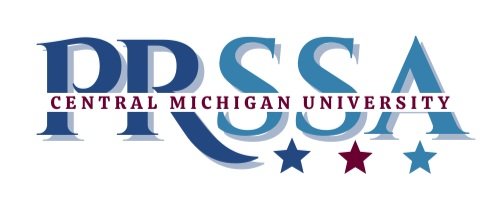By: Claire Kupris
For those of you who choose methods of staying caffeinated outside of coffee, then suit your depresso self. Those who indulge in the espresso life, you know that you did not choose it, but it chose you. Especially when your own body sabotages you with the slug-like feeling when you are feigning for coffee and can hear the sound of a brewing pot from across the way. For me personally, that is what I get out of bed for. It also happens to be the way that I make money while being a college student. Luckily, instead of seeing stars from all the bucks that I throw at coffee, I manage to save some pennies from working amongst it. My tolerance for it is higher than my GPA, and my insight may vary from the average coffee sipper. However, being behind the counter a few times and making a couple hundred drinks, I would like to think that I brewed a thought or five while being a barista.
For you posers out there, a “Frappuccino” is not really coffee. In fact, that buzz you feel after drinking it is not a caffeine rush, but rather, your body beginning to convulse from all the sugar it is processing. There is probably an eye-drop’s worth of caffeine throughout the whole drink, but in reality, all you are taking in is your daily dosage of calories. It also costs significantly more than any other orders on the menu, so consider it more of a delicacy than a drink.
That dark roast that you ordered with no regrets? Well, you may not regret a letter, but you may rethink the roast. In fact, the lighter the roast, the more caffeine it contains. For a little lesson in the logistics of roasts, dark-roast coffees contain less coffee grounds due to their greater volume. This leads to a weaker brew and less caffeine power per mug. In other words, if you are looking for something that will transform you into a superhero, it may be safer to go with the lighter roast. Lighter roast, higher flight.
No one actually likes “black” coffee. If you do, then you will agree that it is an acquired taste. One does not simply go from not drinking coffee to drinking black cups of it, not without jumping off the java wagon or making a face that only your mother would love. Black coffee drinkers are veterans who have managed to figure out that the drinks that taste good also are not good for you. When trying to cut calories from their favorite drink, it is going black that is going to count less. To get to this level, one may want to start with a minimum amount of creamer, eventually weaning it off until you no longer need it. However, one’s version of “need” may vary, so lets go with until you can accept the fact that how it makes you feel is better than how it tastes.
Espresso shots are key when having little time to drink but a lot of work to do. For me personally, I can have five by ten in the morning and could go for five more. In fact, just today, I have consumed nine shots. Although, I would not recommend that to anyone unless you have already experimented with how your body reacts to caffeine. Espresso shots are major key in the making of your latte or adding it to the brew of your choice, so cutting out the whole process of chugging a mug and replacing it with a few shots may just be doing yourself a favor. Again, use this advice wisely. No one wants to have a caffeine coma, am I right? Side note: save yourself from being the source of laughter and make sure you are pronouncing espresso as it is, and not as “expresso”.
A latte is the skeleton of all specialty drinks outside of a traditional brew. Essentially it is espresso, steamed milk, and whatever flavoring that you ordered. A caramel macchiato is simply vanilla and caramel in a latte, and so on. A cappuccino is a cousin of a latte, just with less milk, more espresso, and a hearty heap of foam.
When ordering a specialty drink, the barista is always going to make it with whole milk. The flavoring you asked for is also going to have sugar. A lot of sugar, so much you can give some to your neighbor. If you are someone who is body conscious or sensitive to dairy and or sugar, then speak up or forever down your fattening drink. Most locations will offer non-fat milk, soy, and sugar free syrups. Sure, it will not be a dessert in a cup, but you could save yourself a few extra pounds in the long run, if you are that type. If you are someone who is happy with your whole milk, sugary latte, then cheers to you.
Overall, the art of drinking coffee is perceived differently amongst the masses. For someone who lives, breathes, drinks, and will probably die from coffee, it is a drink of the Gods. Others that know nothing about it other than the compulsive order they make when they are on an awkward blind date, they have probably dabbled in different drinks that were cringe worthy or left them content. For some of you, maybe you have managed your whole life without it. If you happen to be someone who has avoided up to the current day, then do not be surprised when you start to hug the pot when you are in your cubical having a mid-life crisis in twelve years. By then, coffee may be your saving grace. If you have made it to this point in this crash course in coffee, you are either craving a cup of your favorite poison or have maybe learned a thing or two from your friendly fellow barista. Whatever your method, stay caffeinated.








